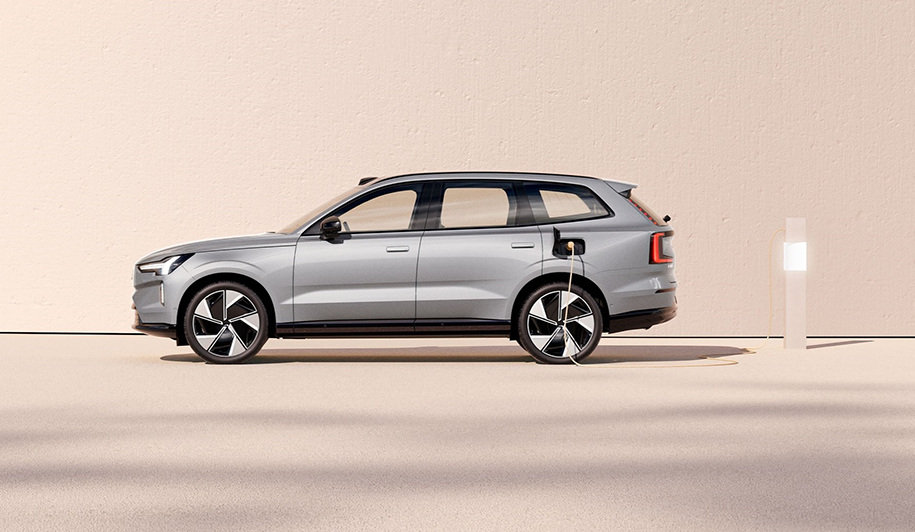Charged EVs | Volvo Cars launches new Energy Solutions business to promote V2G applications

Volvo Cars has launched a new business unit called Energy Solutions to develop the potential for bidirectional charging applications such as V2H and V2G.
The EX90 electric SUV, which is to be released in 2024, will be “the first Volvo car equipped with all the necessary hardware and (over time) software to enable bidirectional charging and direct energy storage from solar.”
Together with Göteborg Energi, the local electric utility in Volvo’s Swedish hometown of Gothenburg, the automaker is now launching a pilot program that aims to test V2G technologies on the local energy grid and in a home environment with real customers, using a low-cost AC wallbox.
“With bidirectional charging, you can use your car battery as an extra energy supply, for example to provide power to your home, other electric devices or another electric Volvo car,” said Alexander Petrofski, the new head of Volvo Cars Energy Solutions. “The next step would be to enable this feature all around Sweden, and hopefully that will pave the way for broader acceptance of similar charging and energy storage services around Europe.”

Volvo aims to be a fully electric car company by 2030 (and unlike others we could name, is celebrating its success with e-mobility). Volvo’s engineers have calculated that the total battery capacity of Volvo EVs on the will reach around 50 GWh by mid-decade. “While these cars will use several TWh in electricity each year, this energy consumption is flexible and can be moved in time via smart charging.”
Volvo’s data shows that the average daily drive in Europe uses less than 10 kWh. This leaves ample spare battery capacity that can be used for other purposes, and this is where bidirectional charging comes into play, using energy stored in EV batteries to enable several applications, including V2G, which allows energy to be delivered back to the power grid at peak demand times (theoretically for compensation).
“With the help of smart charging, you can charge your electric Volvo at the best available time,” said Alexander Petrofski. “Now imagine you could use that energy later, perhaps during peak times when prices are higher and the energy mix less sustainable. Building an energy ecosystem around your car and the batteries allows you to save money and reduce your emissions, while energy firms benefit from reduced grid investments and a lower overall impact on the environment.”
“V2G is just one of the technologies that we envision as part that ecosystem offer under the Volvo Cars Energy Solutions banner,” says the automaker. “We’re also looking at vehicle-to-home (V2H) products that allow you to send back energy to your house and lower your energy bill, as well as vehicle-to-load (V2L) services whereby your electric car battery powers your camping gear or charges your electric bicycle.”
“Over time, we anticipate Volvo Cars Energy Solutions will generate significant new revenues from energy-related products and services every year, as well as new products not previously offered by Volvo Cars.”
: Volvo Cars